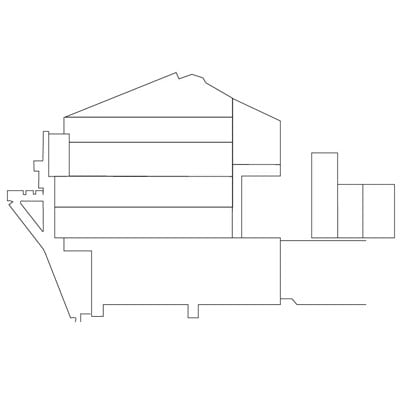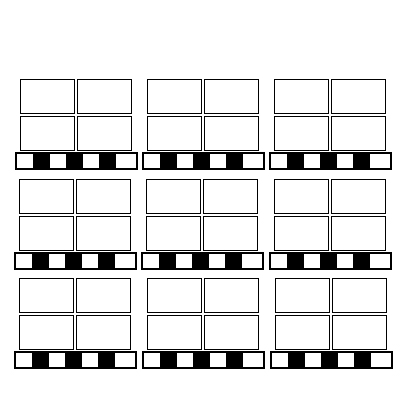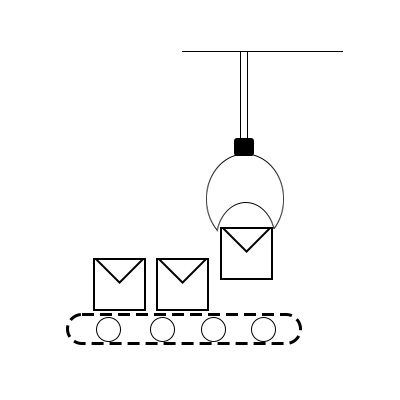What kind of business is De Jong Packaging and what was the company looking for? What were the challenges of this project and what will the result look like? Find out everything about the multi-layer warehouse of this expert in corrugated packaging here.
De Jong Packaging is an expert in corrugated board packaging and was founded in 1996 by Henk de Jong. The company grew into the only independent manufacturer of corrugated packaging in the Netherlands. De Jong Packaging supplies packaging for various business branches including the food and non-food industry, fresh produce and e-commerce.
The growing demand for corrugated cardboard packaging, partly driven by e-commerce, in combination with the need for more efficient land use, created the need for expansion. Unfortunately, the current site was too small and they already rented an old building from WDP next to the site which was a former warehouse of The Greenery. Together with WDP, De Jong Packaging explored the possibility of converting the limited plot of 50,000 m2 into a new building with a desired surface area of 100,000 m2. Only by building vertically could this wish be fulfilled: 19.7m high with 3 levels.
The multi-layer building was completely designed according to De Jong Packaging's wishes. It doesn’t have a traditional structure, nor traditional racks, but is a state-of-the-art location for the production of boxes and other corrugated packaging options.
What makes this WDP project so special is that it’s not just about the expansion of a warehouse, but a distribution center with production connected to an existing production site.
The innovative distribution center will consist of 3 levels and the office section continues throughout the different levels:
The machines for the production of corrugated board will be placed here. In addition, large reels will also be delivered on this floor, dividing it into production on the one hand and a warehouse on the other.
This level, which has a parking deck for LHV trucks, has a dual purpose: production and warehouse, as well as the location for machines that fold boxes and print / glue the layout on boxes.
On the second floor there is another part of the warehouse and the production of coffee cups.
Aside from the multi-layer concept, this project is also innovative because of the use of automation. A fully automated roll storage system of about 19 m high and with an surface of 7000 m2 has been developed. The rolls are automatically pulled out specific racks with one crane and placed on a conveyor belt to be transported to production. To bear the weight, long pile foundations of 30 m have been placed into the ground.
In addition to the roll storage, there are also many automatic roller tracks and robots that drive back and forth.



Of course, such an ambitious and innovative project also comes with some challenges. This has everything to do with the large scale and innovation of the construction as well as with the location in De Lier. The biggest challenges were:
In addition, there were also some requirements from the corrugated board manufacturer himself, namely:
